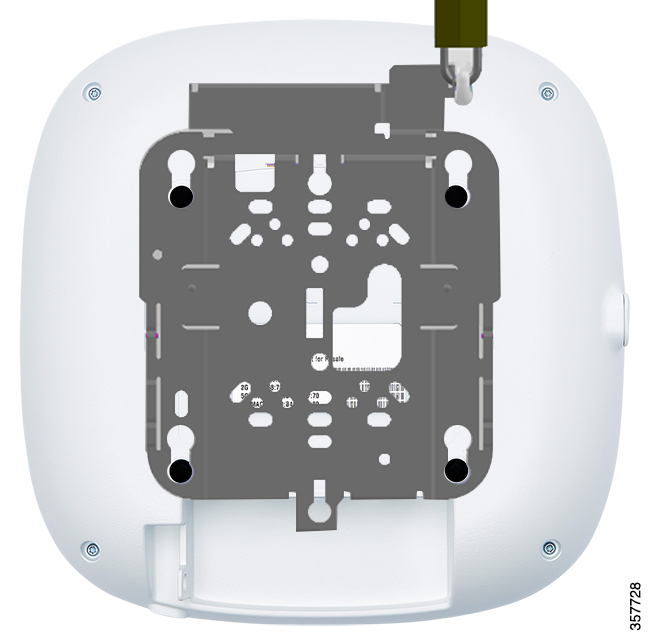Package Contents
Each AP package contains the following items:
-
One C9136I AP
-
Default mounting brackets: Adjustable ceiling-rail clip AIR-AP-T-RAIL-R and AIR-AP-BRACKET-1=
-
Orderable optional mounting brackets: AIR-AP-T-RAIL-F, AIR-AP-BRACKET-2=
-
Cisco product documentation and pointer card




 Feedback
Feedback